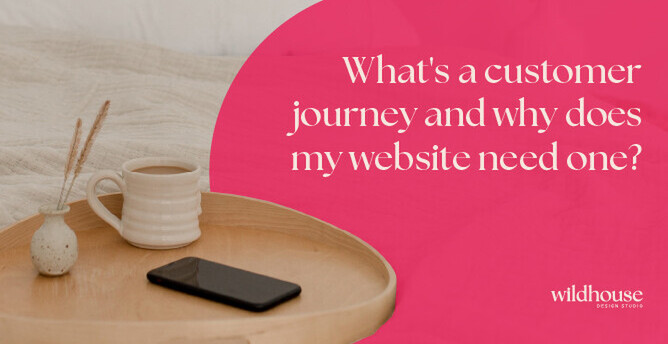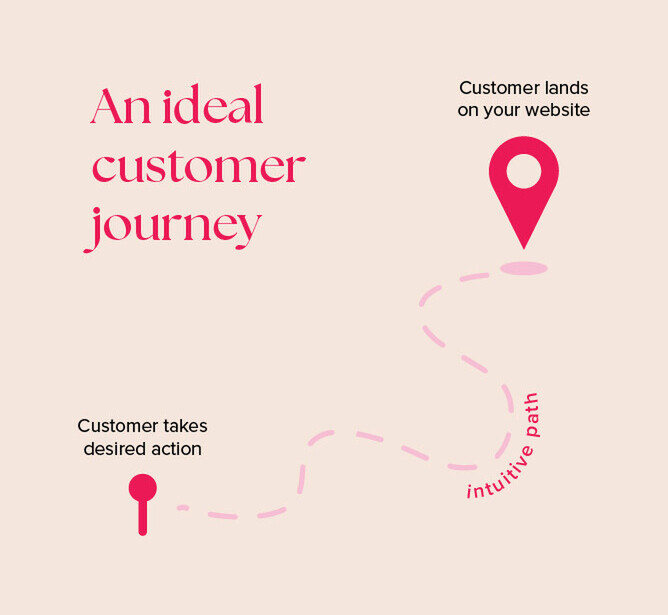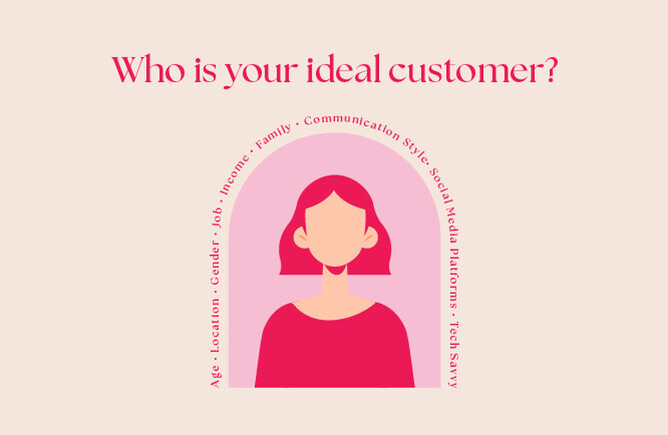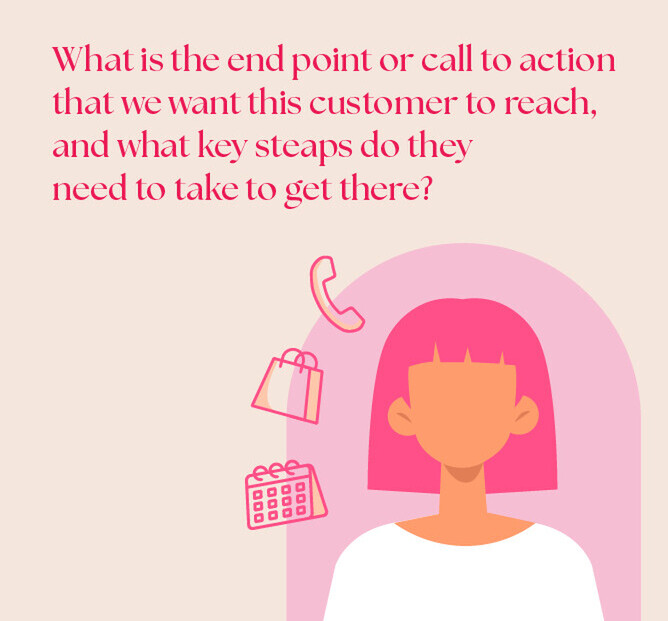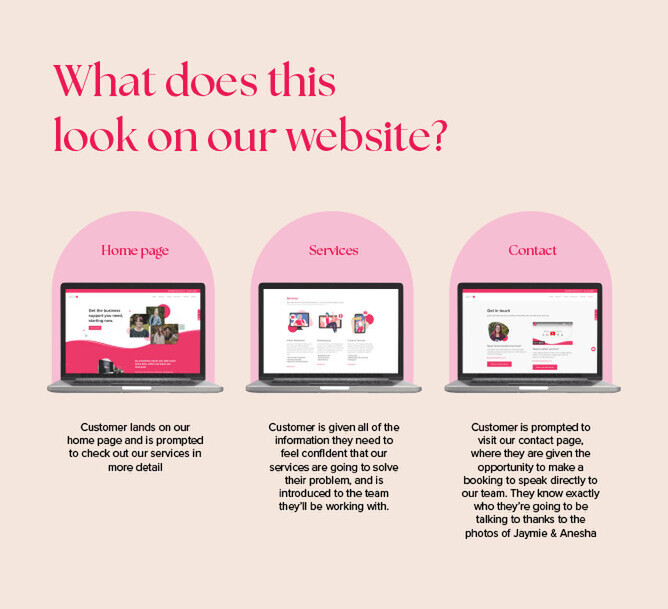Having a clearly defined and well thought out customer journey is essential when it comes to a successful, highly-converting website.
What is a customer journey?
A customer journey is any path that a customer takes as they navigate around your website.
An ideal customer journey is the path that you want your customer to take. It’s an ideal customer journey that we'll be referring to in the rest of this article.
At the end of this journey, your customer will be in a better position to take the action you want them to take, whether that be making a booking, a purchase, or contacting you.
Without knowing your ideal customer inside out, and tailoring your website to their exact needs, your site will feel like it lacks direction and is likely to confuse potential clients or customers. They're less likely to find themselves completing the actions you want them to take.
A well-designed customer journey will be intuitive, and subconsciously lead your ideal customer down the path you've set up for them. We call these intuitive paths.
Whether you’re starting from scratch or revamping your current website, this task is a big one that’s best left to the experts rather than attempting to DIY.
We’re going to look at some of the things that your web design expert will consider when designing your customer journey below, and outline what information you can provide them to make this process easier.
Get to know your ideal customer
Expect that your web designer will ask plenty of questions about who your ideal customer is. You’ll need to get super specific for this to translate into a successful customer journey on your website.
It’s easiest to think of 2-3 actual people that represent your ideal customer. Give them each a name and consider the following:
How old are they?
Where do they live?
What gender do they identify as?
What do they do for work?
What is their income?
What’s their family situation?
How do they communicate (by phone, email, text?)?
What social media platforms do they use?
Are they tech savvy?
What does this person struggle with (as it relates to your business)?
How can your business help them overcome their challenges?
Once you're clear on your customer identity, your web designer (with your input) will start to think about the following:
What information do they need before they make a purchase/booking/contact?
How can we address their main objections to making a purchase/booking/contact?
What is the end point or call to action that we want this customer to reach, and what key steps do they need to take to get there?
This information provides a solid base for your web designer to start working on. Throughout the pages of your website, they will craft a journey that your ideal customer will subconsciously be pushed down (an intuitive path) to reach that end point or call to action that you’ve defined.
Here’s a very simple example of what that might look like for a service-based business:
Your customer lands on your website
Whether they start on your home page or a particular landing page, the principle is the same. The page should have and concise copy and images, so that your customer knows they're in the right place, and that you are the right company to help with their problem.
From this landing page, your customer is prompted to navigate to your services page through a call to action button at the end of where they naturally scroll to.Your customer is given all of the information they need
Your customer needs to know that you understand them and the problems that they are facing. Providing them with information targeted towards them (remember, we are speaking directly to our ideal customer through all website copy), and making sure that this information is accessible and easy to find, will give them confidence in trusting your business.
Your customer reads all about what you do on your services page, and fills in an embedded lead capture form to download a free resource from you (adding even more value to them and increasing trust in your company further), before being prompted to visit your contact page.Your customer is confident to take action
In this scenario, your contact page is the end point of your customer journey. Once your customer feels well informed and confident, your contact page should make it easy for them to reach out to you, as well as giving them an idea of when they can expect to hear back.
When arriving on your contact page, your customer sees that they have the option to either fill in a contact form with an expected response time of 24 hours, or make a booking for a call with your sales manager. They see that they're able to book a call for this afternoon, and book straight away.
When you get the customer journey on your website right, the customer doesn't have to struggle to navigate or think too hard about their next decision on your website. Using your website feels intuitive and easy, and leads to more conversions for you. It's a win-win!
Do you want to talk to our expert team of web designers about the customer journey on your website?
Let’s chat and map out your path to success! You can also reach out using the form below.
